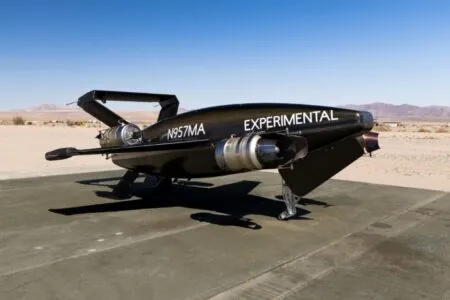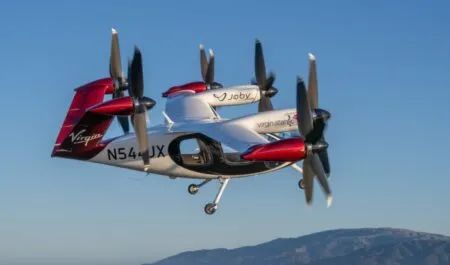Researchers from Oxford University are studying the way Hawks catch prey to help develop the guidance systems for an air vehicle that will catch rogue drones.
The problem of how to deal with drones that enter controlled airspaces, such as no-fly zones at airports and classified government areas has been growing in importance after several incidents, notably the use of a drone at Gatwick Airport near London in the UK, which closed the airport for three days in December 2918.
Various methods and technologies are being developed that use projectiles, the jamming of radio communications, other drones and even birds of prey.
Researchers at the Oxford Flight Group are undertaking research that investigates the behavior of Hawks to understand flight dynamics, controls and guidance systems. Its research has direct applications in the aerospace and defense sector.
The researchers used four S-PRI high speed cameras by Lake Image Systems running at 250fps to capture the flight trajectories of five captive-bred Harris’ Hawks during 50 flights against an erratically-moving target.
The course was up to 50m long and each flight recording lasted up to eight seconds. A target for the hawk was pulled using a glider winch around a set of pulleys laid out along the ground so that it zig-zagged.
For the videogrammetry capture and analysis a calibration target was moved through the imaging volume and markers were attached to the hawk. The cameras and data acquisition network had to be set up and synchronized for each run. Ethernet cables were used to transmit the data to a laptop.
Graham Taylor, professor of mathematical biology at Oxford University and one of the researchers on the project said, “One of the limiting factors, apart from the Hawks, was how long it takes to download the data from the cameras. The images get buffered and then have to be downloaded to the laptop before they can be used again. This can be a bit limiting when you have a hawk stood waiting to fly.”
The Oxford Flight Group has done similar work with Falcons using GPS trackers that found the birds use proportional navigation – a guidance system also used by homing missiles. However once in close pursuit of a target this approach no longer works.

Taylor said, “Targets will use jinking and other evasive maneuvers and the environment is cluttered with obstacles,
“Hawks use a combination of proportional navigation and direct pursuit in a mixed feedback system. It’s the combination of the two that enables them to catch evasively maneuvering prey.
“A similar approach is suitable for capturing drones, because both are dealing with a low-level, cluttered environment and an unpredictable target.
“Our next step is partly about applying the guidance law and partly looking at how the birds do targeting at close range. It’s different from either a gimballed camera or a missile seeker, more of a mix of the two. We are currently tracking and analyzing the way our hawks move their heads during a pursuit by putting markers on them and repeating the experiments.”
The results from this research could then help shape a guidance system for an effective drone-capture device, as well as help solve problems about how drones avoid obstacles and rendezvous.
“The work with the Falcons showed they were doing what engineers had devised for missile interception in the 1950s and 1960s. But in chasing their prey through clutter the Hawks are doing something in close pursuit that isn’t done in aerospace and defense anywhere, which is why we think it will translate to new technology,” added Taylor.




